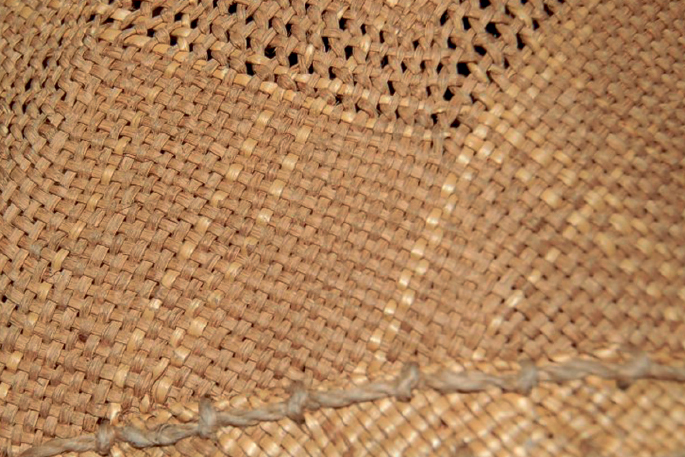A group of researchers are setting out to study what is believed to be the only remaining Maori sail to enhance knowledge about how voyaging occurred.
Maori textiles scholar Dr Catherine Smith is working with Donna Campbell and Ranui Ngarimu to examine everything about the sail, which is currently held at the British Museum.
They will be using knowledge of Maori weaving techniques, DNA analysis and microscopy to provide insights into the sail.
“If we bring together that weaving knowledge, plant materials id, identify the feathers and the skin on the sail and really document its structure, then we’ve got a whole package of information that we can bring back to New Zealand,” says Catherine.
“The more we embed that knowledge in its cultural context, the more that we explore the relationship between things like Te Ra and the place they came from. We can only enhance our knowledge about how voyaging occurred and the importance of voyaging.”
The Marsden Fund has dedicated $845,000 to the project over three years.
Te Ra is the last known Maori sail to ever exist. British Museum photos show it to be a version of a crab claw design that modern users say is of use in light air because there is always more breeze further from the water.
The crab claw may also traditionally be constructed with curved spars, giving the edges of the sail along the spars a convex shape, while the leech of the sail is often quite concave to keep it stiff on the trailing edge.
These features give it its distinct, claw-like shape. Modern crab claws generally have straighter spars and a less convex leech, which gives more sail area for a given length of spar. Spars may taper towards the leech. The structure helps the sail to spill gusts.
Crab claws are typically used on multihulls, which resist heeling more strongly.



0 Comments
Leave a Comment